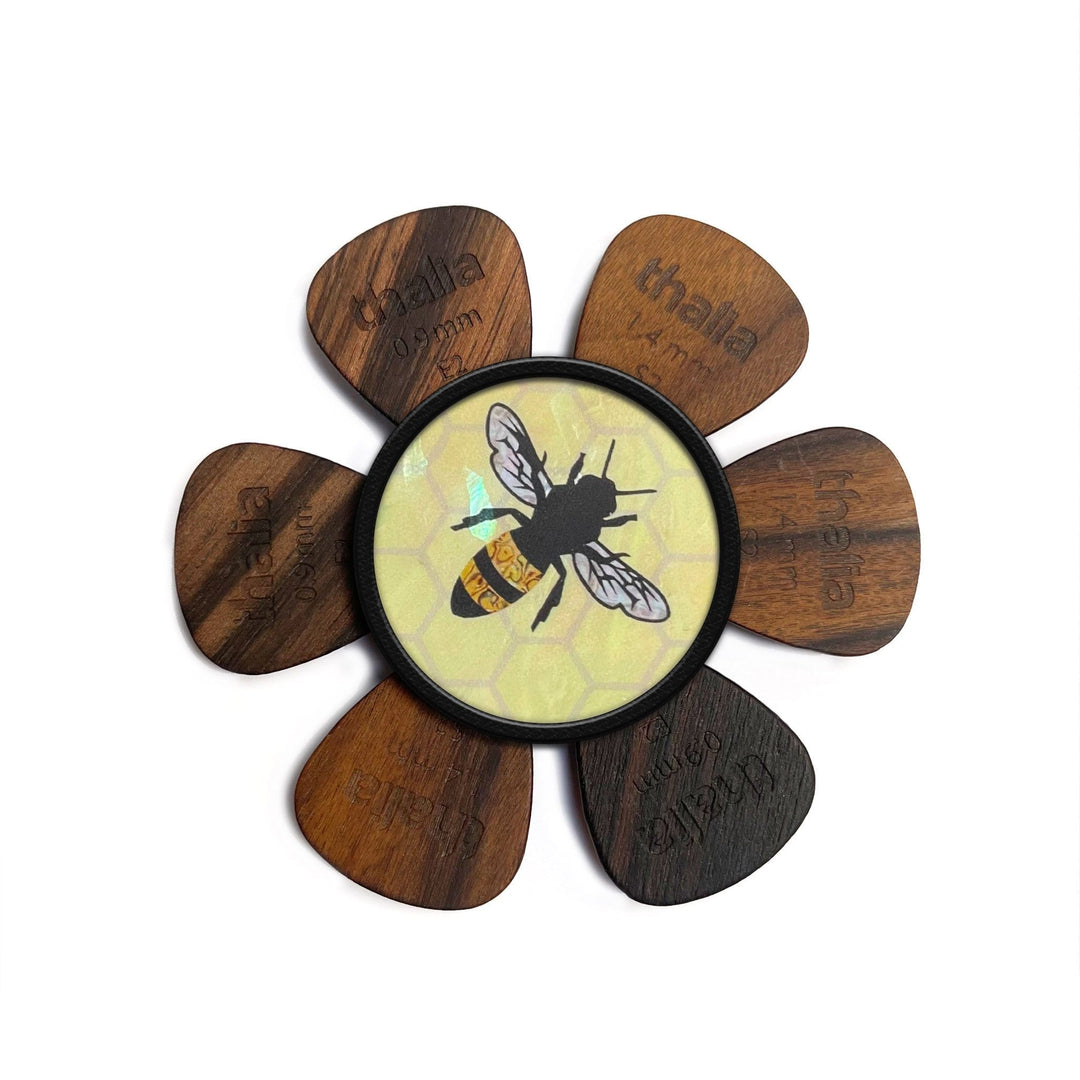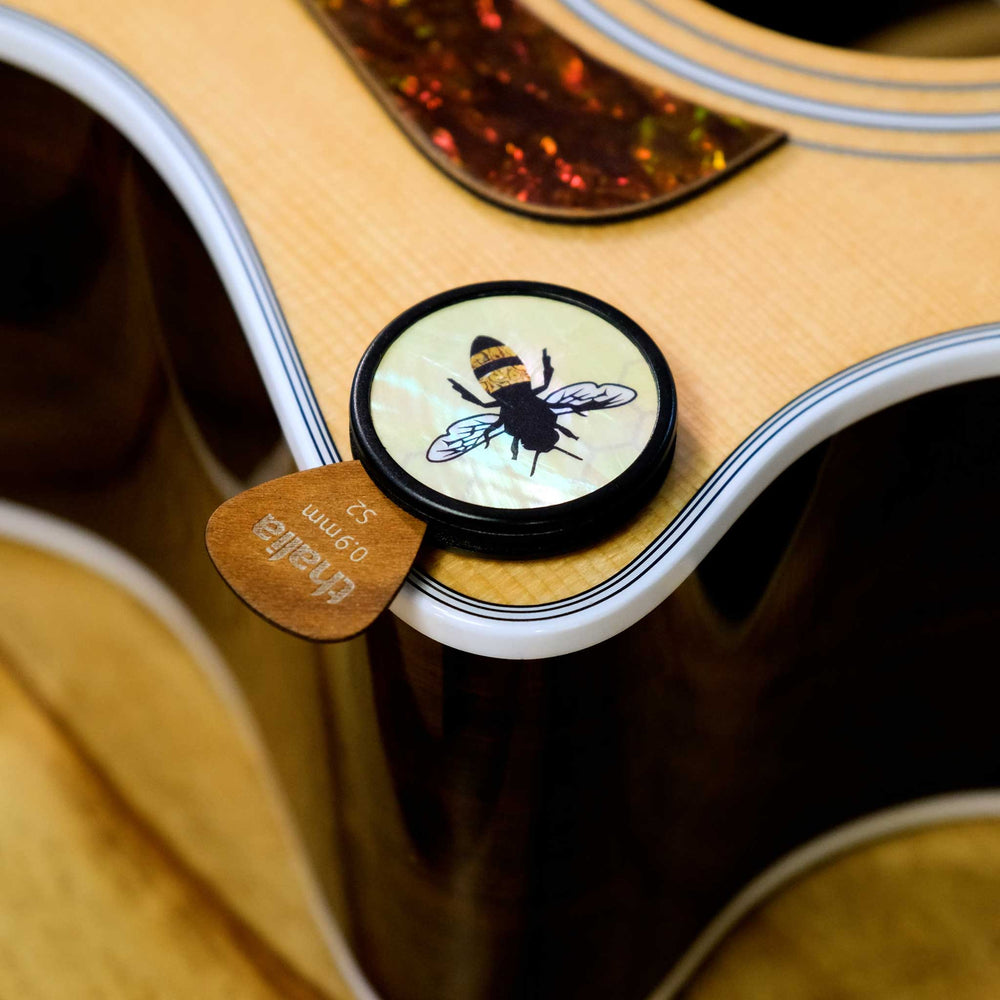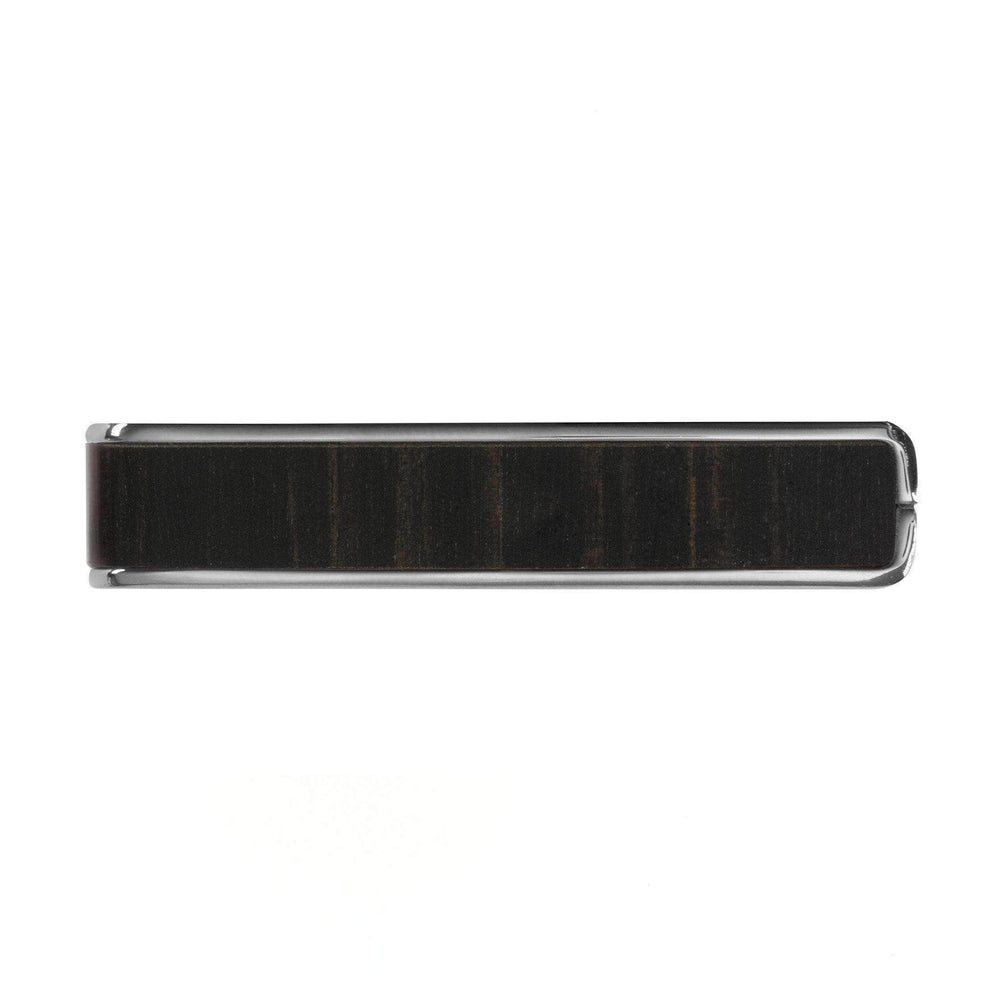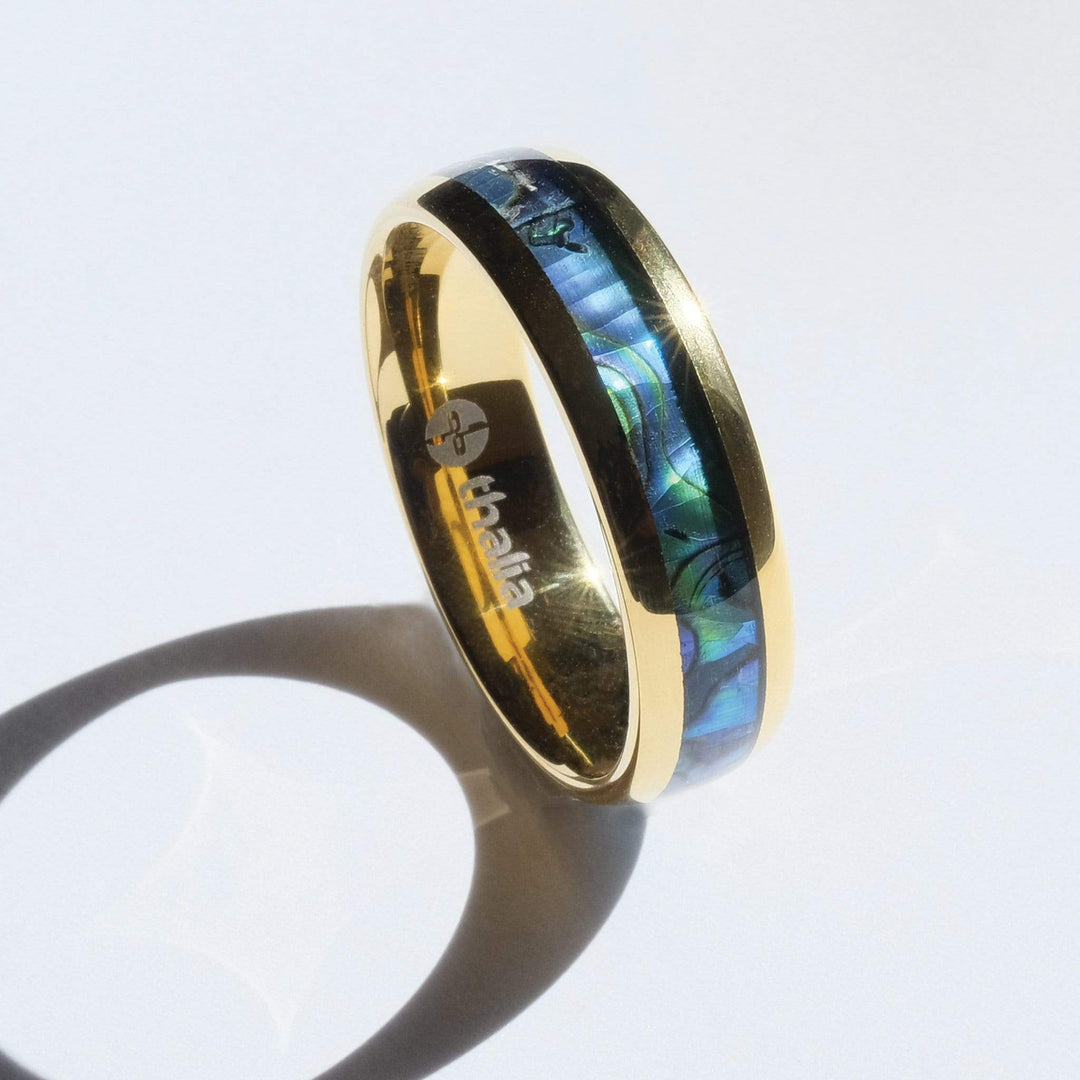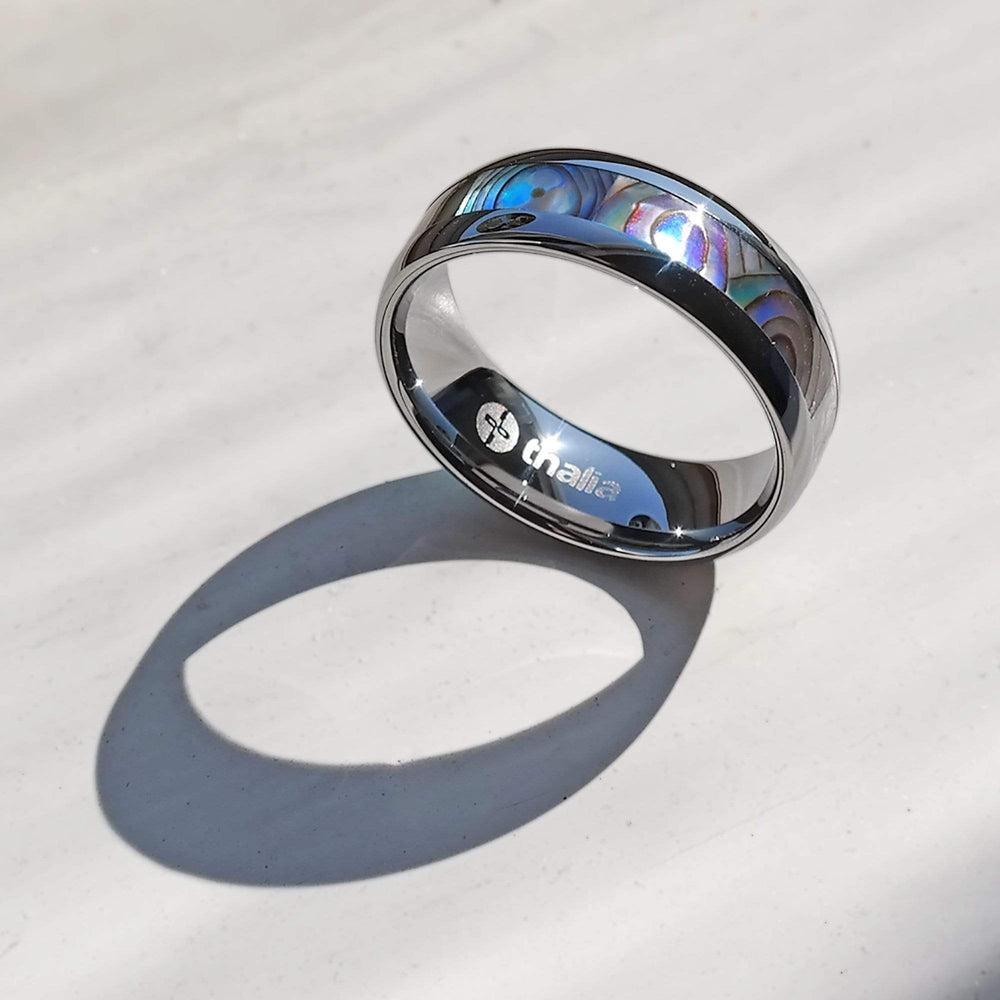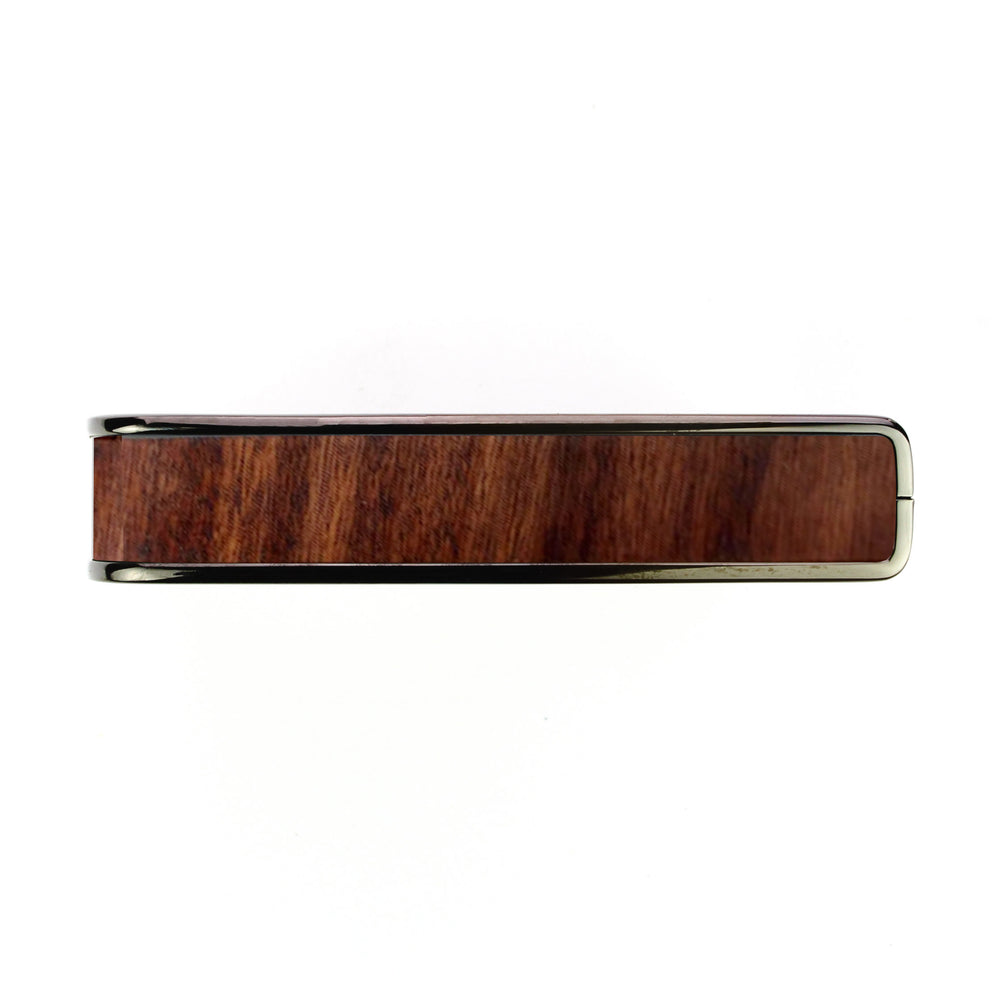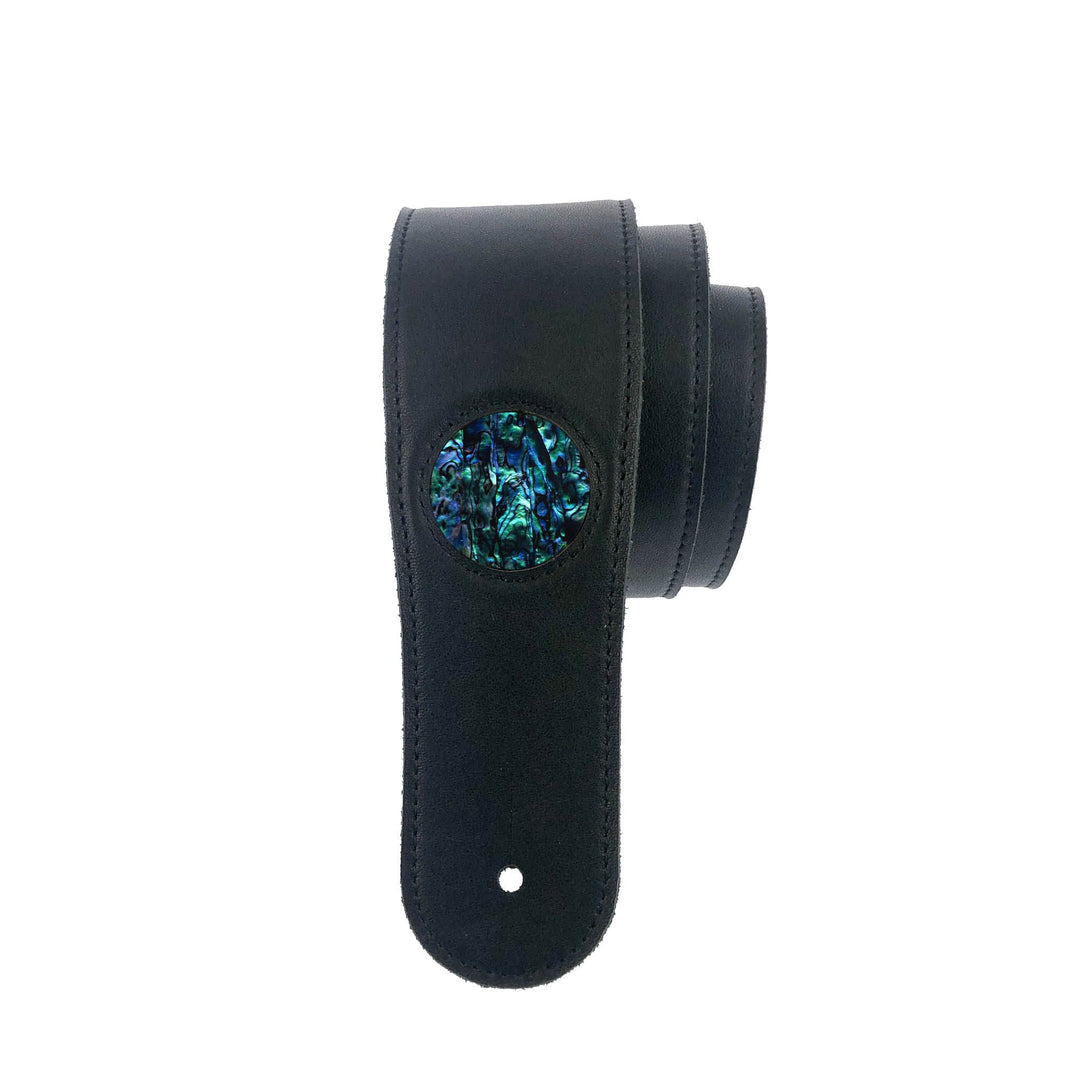“Sympathy for the Devil”: The Making of a Stones Masterpiece (Part Two)

Welcome back to our three part series on the Rolling Stones’ “Sympathy for the Devil.” Over the course of these articles, we’re talking about how the band created one of their defining masterpieces, and the tremendous impact the song had on popular culture.
If you’re not up-to-date, we’d recommend jumping in with article one here. But, assuming you’ve read that one, let’s dive straight in with part two, and the recording session that turned “Sympathy…” into a bona fide classic…
 By 1968, Jagger had a version of “Sympathy for the Devil,” then titled “The Devil is My Name,” that he played to the Rolling Stones. In 2003, Stones drummer Charlie Watts recalled Jagger’s inaugural performance:
By 1968, Jagger had a version of “Sympathy for the Devil,” then titled “The Devil is My Name,” that he played to the Rolling Stones. In 2003, Stones drummer Charlie Watts recalled Jagger’s inaugural performance:
“The first time I ever heard the song was when Mick was playing it at the front door of a house I lived at in Sussex ... He played it entirely on his own ... and it was fantastic.”
Jagger remembers that the Stones responded well to the track. “There wasn’t any resistance” he stated in 1995, “it was just that I knew that I wanted to do it and get it down.”
With the band behind him, they decamped to London’s Olympic Sound Studios. Principal recording occurred on June 4th and 5th 1968, with overdubs completed on the 8th, 9th and 10th.
While the recording process for many anthems of the ‘60s and the ‘70s remain hazy (and often substance fuelled) recollections, “Sympathy for the Devil’s” genesis is surprisingly clear. In no small part, that’s thanks to director Jean Luc Goddard, who documented the process for the film “One Plus One” (sometimes called “Sympathy for the Devil” depending on which cut you’re watching, but that’s a story for another day).
“One Plus One” is a strange movie. Part fly-on-the-wall documentary, part “Godard’s staged ruminations on revolution, creation and destruction,” as Rolling Stone put it, it’s a frustrating watch that “feels like a Stones [movie] randomly spliced with scenes from a disjointed and inchoate sequel to Weekend, the French director’s acclaimed anti-bourgeoisie black comedy from 1967.”
But, when the Stones moments do come, they are revelatory. As Salon notes, the documentary sections of the film show the band “as they work with meticulous attention to detail to record the tracks and build the elaborate song.” It also gives a surprisingly frank account of the creative process.
“The ragged gents we see here are not rock gods dripping genius from every pore” RS states, “but hard-working musicians slogging away together, taking a trial-and-error approach in their common quest of magic and inspiration.”
As the film shows it, the session starts with Jagger showing his descending chord-progression to Brian Jones and Keith Richards. “I hadn’t written a lot of songs on my own, so you have to teach it,” the singer would later recall. Then, as things progress, we see the track evolve from a Dylan-style talking blues to the blazing, samba fuelled rock ‘n’ roll classic that we know today.
The moment the song transformed, as Jagger remembered, was when “Keith suggested that [they] do it in another rhythm.” But, getting the sound in his head down on tape was another matter. The film shows Jagger’s impatience with Watts as he struggles to find the right feel. According to the movie’s cinematographer, Tony Richmond, “Mick was getting a little frustrated with Charlie, but that’s all; it was nothing more than, ‘Aw, come on Charlie!’ And that wasn’t even tension, really. They were just trying to work it out.”
 Eventually, Charlie cracked it. “In the end I just played a jazz Latin feel in the style of Kenny Clarke would have played on "A Night in Tunisia,” he later recalled, “not the actual rhythm he played, but the same styling.” And, as the movie shows, it was actually Keith Richards who laid down the iconic bass line. The effect of the completed groove track was transformative.
Eventually, Charlie cracked it. “In the end I just played a jazz Latin feel in the style of Kenny Clarke would have played on "A Night in Tunisia,” he later recalled, “not the actual rhythm he played, but the same styling.” And, as the movie shows, it was actually Keith Richards who laid down the iconic bass line. The effect of the completed groove track was transformative.
Jagger might have worried that “Sympathy…” would come across as ponderous, but the Samba rhythm allayed that fear. “It [became] less pretentious because it [was] a very unpretentious groove,” he reflected in 1995. “If it had been done as a ballad, it wouldn't have been as good.”
From there, the rest of the track started falling into place thick and fast. We see Nick Hopkins laying down the piano line, and Jagger, Brian Jones, Bill Wyman and Rocky Dzidzornu adding the percussion elements the enhance Charlie and Keith’s groove. The film also captures the moment where Richards works out the song’s now iconic guitar solo on his Gibson Les Paul “Black Beauty”; “it’s an absolute thrill to see and hear him play that instantly-recognizable lick practically at its birth,” Rolling Stone notes.
Finally, we’re shown the group and their entourage - along with Anita Pallenberg and Marianne Faithful – gathered around a microphone recording the now immortal “whoo whoo!” backing vocals. The vocal itself was actually the brainchild of Pallenberg, who overhead producer Jimmy Miller muttering “Come on Mick, give it your all, who are you singing about? - Who, who?” in the control room while the singer laid down vocals. He kept repeating the phrase “who, who,” which Pallenberg repeated, sparking the idea for the chorus chant. As Miller recalled in 1979:
“Anita was the epitome of what was happening at the time. She was very Chelsea. She'd arrive with the elite film crowd. During “Sympathy for the Devil” when I started going whoo, whoo in the control room, so did they. I had the engineer set up a mike so they could go out in the studio and “whoo, whoo.””
And so, over the course of five days, “The Devil is My Name” became “Sympathy for the Devil.” During those sessions, what started life as a promising, if under-devolved talking blues became one of the most unique and important records in the history of popular music.
The Stones no doubt knew they were onto something with the track. But, even they couldn’t have predicted the tremendous impact the song would have on their career, and on popular culture. As we’ll see in the final article of this series, the public reaction to the song, and the events that followed its release, would change the way we thought about the Rolling Stones – and rock ‘n’ roll – forever.








